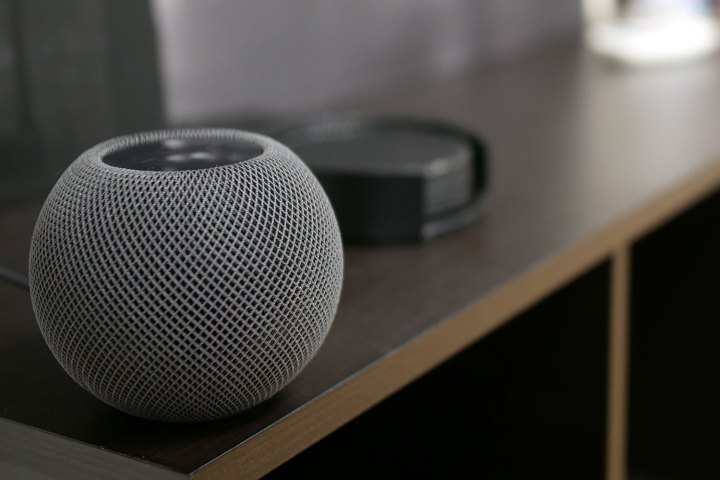
Am I surprised that the Apple HomePod Mini is hiding a stowaway inside of it? Not really. After a report surfaced recently about how Apple’s latest smart speaker has a sensor tucked away inside of it to measure temperature and humidity, it’s natural to speculate on the reason why it’s there in the first place — and more importantly, why it’s not active. This comes as no shock to me, mainly because the HomePod Mini isn’t the first (and won’t be the last) smart home gadget to hide away inactive sensors.
Inactive sensors are common
Temperature and humidity sensors are used for a number of purposes. In the case of the HomePod Mini, one would suspect that it could be used to monitor if the speaker is overheating. However, since it’s actually positioned away from the main components of the speaker, it leads one to assume that it could be used to monitor the ambient temperature and humidity of where it’s placed. This brings me to the point about inactive sensors — they’re more common than you think.

The example that first comes to mind are the various inactive sensors in some of LIFX’s smart light bulbs. These sensors were deliberately placed in its products, mainly to future-proof its product line. In one example I was shown during a meeting at CES 2020, an accelerometer embedded inside one of its light bulbs allowed me to turn the bulb on or off with a subtle tap of the lamp — while another sensor, an ambient light sensor, could be accessed to intelligently turn the bulb on or off at sunrise and sunset.
However, these were demo units that showed off what could be achieved by activating them. LIFX’s reason to include these inactive sensors is to ensure products are future-proof in the event there’s a case need for such features. The battle in activating them boils down to resources, so there needs to be justification on what features to focus on and develop. That makes sense given how time is money, which could be the same approach Apple is taking by embedding this temperature and humidity sensor into its HomePod Mini.
Sensors make for neat automations
There’s no denying the many conveniences introduced by smart home devices, but sensors play a critical role in making them more automated. LIFX also had a demo of how the infrared sensor in LIFX+ bulbs can be used to operate an air conditioner by beaming commands via infrared. Combine that with a temperature sensor, and it can make heating and cooling of the home more efficient because those sensors are getting more accurate readings.

Apple’s HomeKit platform is a perfect example, too, of how sensors are accessed to provide users with relevant information. The HomeKit-only compatible Logitech Circle View security camera can monitor your home when you’re not there, but would you believe that it houses motion and LUX sensors? It makes perfect sense why the motion sensor exists — to detect motion in its field of view, triggering the camera to record the event. As for the LUX sensor, it’s there to measure the ambient light levels, but it could eventually be used to automate a trigger — such as automatically turning on the lights when it gets dark out.
Future-proofing
The temperature and humidity sensor found in the HomePod Mini shouldn’t be a shock. These inactive sensors extend the life of certain gadgets once features that leverage them are tweaked, properly tested, and have a meaningful impact on the experience. Given how smart speakers like the HomePod Mini are widely regarded as the brains of the smart home, Apple would be wise to meticulously develop features to ensure they pass quality assurance — and then give the green light to activate them in a future firmware update.



